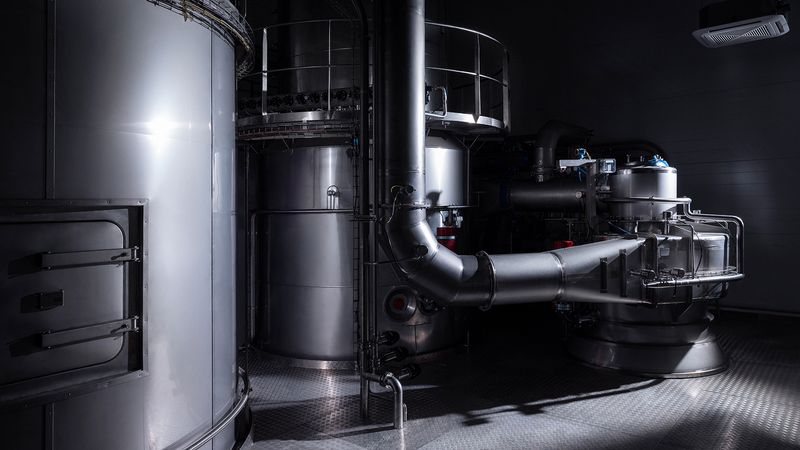

Plasma treatment enhances 3D printability of pea protein for food applications
Researchers at the University of Alberta have developed a method to improve the 3D printability of pea protein gels using cold plasma technology. This advancement enhances the structural integrity of printed food products, offering new opportunities for the use of this low-cost, nutritious protein in plant-based meats, cheeses, and other food applications.
Pea protein, a hypoallergenic and sustainable source readily available from legume crops in the Canadian prairies, has long been used in plant-based food products. However, its application in 3D food printing has been limited due to its inability to maintain shape after printing. This challenge was addressed by a team led by Associate Professor M.S. Roopesh from the Faculty of Agricultural, Life & Environmental Sciences.
The research utilized water activated with cold plasma—a lower-temperature version of ionized gas—to improve the gelation and structural properties of pea protein during the 3D printing process. The team mixed pea protein with plasma-activated microbubble water (PAMB) to create gels that were processed through a 3D food printer. The PAMB-treated gels demonstrated improved shape retention, resistance to deformation, and stability during storage compared to those mixed with regular distilled water.
Roopesh explained that the improvements were likely due to structural changes in the proteins induced by the cold plasma-treated water. The study also examined the effects of air and argon gas combinations in PAMB water, as well as optimal heating and cooling temperatures for preparing the gels.
The findings support the development of more robust plant-based food products that can be 3D printed with complex shapes, textures, and flavors. This technology could enhance the production of plant-based meats, dairy alternatives, and other protein-rich foods, as well as personalized nutrition plans. The approach may also benefit other plant-based proteins and starches derived from grains, algae, and pulses like fava beans.
“By improving the gelation and 3D printability, pea protein can be used in several applications, including expanding the selection and boosting the structural properties of plant-based meat and cheese,” Roopesh noted.
The study builds on foundational research initiated in collaboration with Professor Lingyun Chen and former PhD student Sitian Zhang, with the work now patent-pending and available for licensing. Former master’s student Sreelakshmi Menon further refined the process as part of her degree in food science and bioresource technology.
The project was funded by Alberta Innovates and the Natural Sciences and Engineering Research Council of Canada (NSERC) through its Discovery Grants and Collaborative Research and Training Experience programs. The collaborative effort also involved former colleague John Wolodko.
Roopesh highlighted the broader implications of the research: “Combining novel technologies like cold plasma and 3D printing for the production of better plant protein and biomaterial gels, we have the potential to really add value for crop producers and the food industry.”
Further research is planned to deepen the understanding of the factors influencing cold plasma treatment and to expand its applications in food production. This innovation represents a step forward in sustainable food technology, enhancing the potential of 3D printing for creating high-quality, plant-based protein products.
If you have any questions or would like to get in touch with us, please email info@futureofproteinproduction.com






